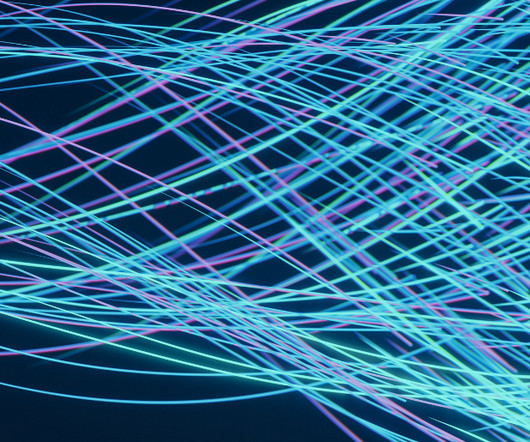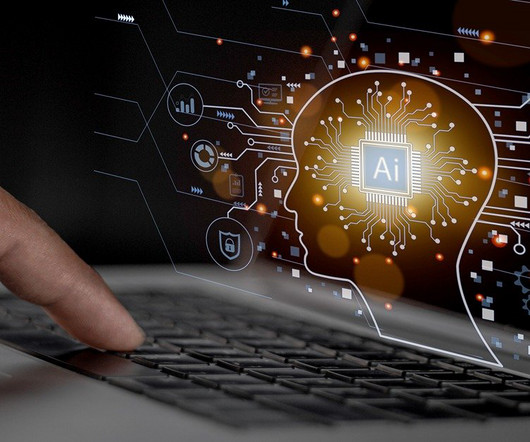Data Engineering for IoT Applications: Unleashing the Power of the Internet of Things
Data Science Connect
JULY 28, 2023
As the Internet of Things (IoT) continues to revolutionize industries and shape the future, data scientists play a crucial role in unlocking its full potential. A recent article on Analytics Insight explores the critical aspect of data engineering for IoT applications.














Let's personalize your content